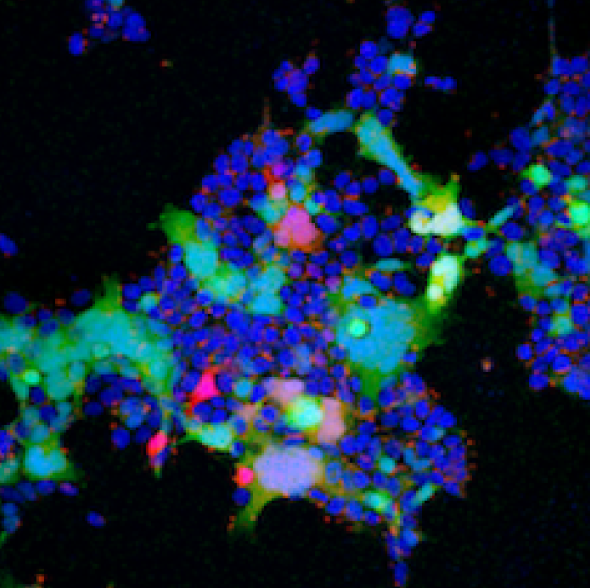A collaborative research effort between ICReDD and multiple other universities and institutes was recently published in Nature and showed evidence that the SARS-CoV-2 (COVID) Omicron variant showed decreased lung infection and is less pathogenic than the Delta variant and original COVID strain while also being more transmissible.
The transmissibility was analyzed via a statistical model that showed Omicron had spread more rapidly than Delta in several countries, including South Africa, the USA, and the UK.
Researchers also examined Omicron variant growth in cell cultures, and found Omicron to be less fusogenic (i.e., less likely to fuse into large clusters). Cleaving the spike protein of the virus may be necessary for such fusion, and researchers showed evidence suggesting the Omicron variant spike protein is not as easily cleaved as spike proteins of the Delta variant and original strain, potentially explaining the decreased fusion activity.
Researchers also examined the pathogenicity (i.e., the ability to cause disease), of Omicron in a hamster model. Results showed Omicron spread less in hamster lung tissues and resulted in fewer signs of respiratory disorder than in hamsters infected with the Delta variant and original strain of COVID. Researchers suggest the lower fusion activity shown in cell cultures may be one reason for Omicron’s lower severity of symptoms.
 Cell–cell fusion mediated by SARS-CoV-2 S (Omicron Variant)
Cell–cell fusion mediated by SARS-CoV-2 S (Omicron Variant)

